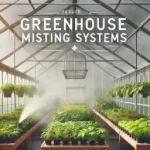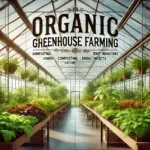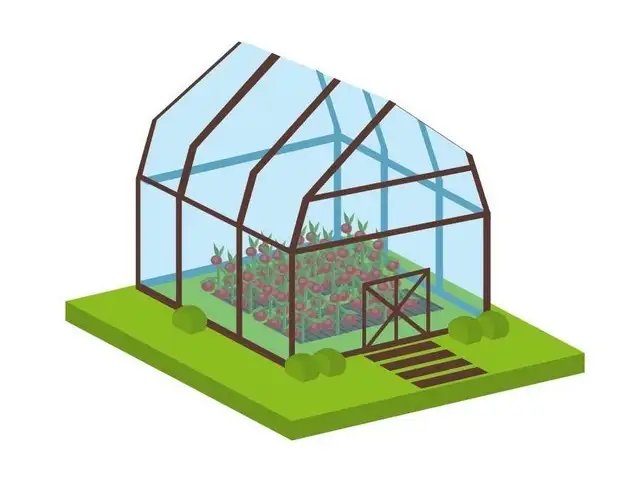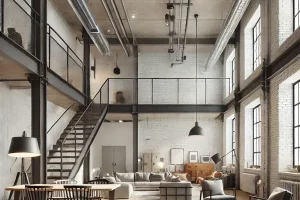A greenhouse tomato is a type of tomato grown in a greenhouse.
Greenhouse tomatoes are usually grown in the winter and harvested in the summer. They are often grown near or above the ground, making them easier to harvest.
What are the benefits of greenhouse tomatoes?
Greenhouses are a great way to grow tomatoes. They provide the perfect environment for these plants to thrive. Here are five benefits of greenhouse tomatoes:
1) The greenhouse controls the temperature, which means that it’s always warm enough for tomatoes to grow.
2) Greenhouses offer protection from harsh weather conditions and pests.
3) They protect from frost, hail, extreme heat, and cold snaps.
4) The air inside a greenhouse is moist, which helps plants grow better than in dry conditions.
5) Greenhouses can be built anywhere, and they don’t require much maintenance as they don’t need as much watering or fertilizing as outdoor gardens do.
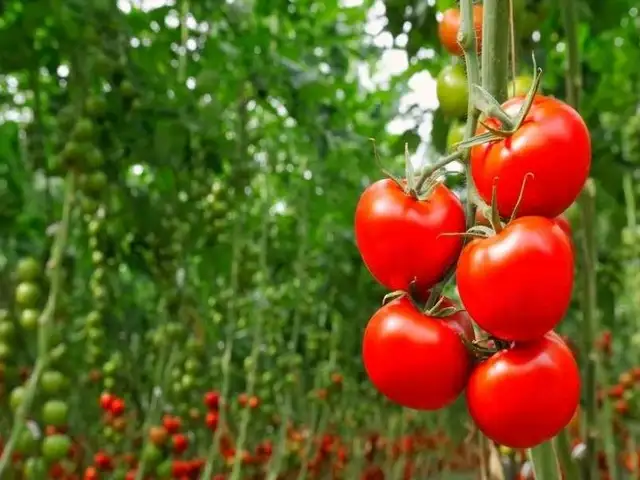
Steps to make a greenhouse tomatoes
This post is for those who are interested in making a greenhouse tomato. There are six steps outlined below that will guide you through the process of constructing your greenhouse.
Step 1: Find a location for your greenhouse.
The first step is to find a location for your greenhouse. You can place it on the ground, but it’s best to build it on a cement slab even better. If you want to make sure that you don’t have any issues with drainage, put the greenhouse on top of an old car tire.
Step 2: Look at some designs and decide which one you want to follow. There are plenty of designs out there that offer different ways to suggest building a greenhouse tomato plant. During this step, you must take some time to look at some designs and decide which one you want to follow.
Step 3: Purchase the materials necessary for your design. To follow a specific design, you will need a clipboard with holes on one side, potting soil, and seeds. For most tomato plants in this design, you will also need a small bag of fertilizer. If you are not sure what is necessary, ask a staff member at your local gardening store.
Step 4: Purchase and plant seeds in the potting soil. You will need to place the seeds inside each hole on the clipboard. Be careful not to create more than one seed in each hole.
To make sure that the tomato has enough room for new roots, it is best to purchase a pot that is just slightly bigger than the seeds. Fill up the pot with your desired amount of soil, ensuring you have enough room for the roots to grow. Gently pack the soil around each seed and water it so that it is moist but not soaking wet. Step 5: Place in a sunny location with moderate temperatures key to growing a delicious tomato is the amount of sunlight it gets. Ensure that your pot has enough space for one or two hours of direct sun each day. If the weather is too cold, you can place a heating pad underneath the pot to maintain a warm temperature in the air.
What are the disadvantages of growing greenhouse tomatoes?
Greenhouse tomatoes are grown in greenhouses and are usually seen as a more expensive option.
1) Greenhouse tomatoes are not as fresh as field-grown tomatoes.
2) The greenhouse environment is difficult to control and can lead to pests, disease, and poor airflow.
3) Greenhouses typically require more water than field-grown tomatoes, which can be problematic during droughts or other natural disasters. 4) The high cost of maintaining a greenhouse may not be worth the investment for some growers.
5) Greenhouses often use artificial lighting that can negatively affect the tomato’s flavor and color quality.
How are greenhouse tomatoes grown?
Greenhouse tomatoes are grown in greenhouses. Greenhouses provide a controlled environment for the plants to grow in.
The plants need to be watered every day and fertilized regularly. The soil is rich with nutrients and needs to be watered regularly.
Do greenhouse tomatoes need to be planted in soil?
No, the tomatoes can be planted in hydroponic systems. These systems don’t require soil and instead use water to supply nutrients to the plants. The water is usually supplied from a reservoir or a tank on top of the system.
The hydroponic system is less expensive and more space-efficient than a traditional garden because it doesn’t need any soil to grow plants. It also doesn’t need any pesticides or other chemicals, which can harm humans and the environment.
Is there a difference in taste between greenhouse tomatoes and other vegetables?
This is a question that has been debated for a long time. There are many different points of view on this topic. Some people believe that greenhouse tomatoes have a sweeter taste, while others say they have a more acidic taste.
The debate continues to grow as more people become interested in the answer, so some scientists are now researching this topic to find out the truth.
Are greenhouse tomatoes organic?
Whether or not greenhouse tomatoes are organic is a very complicated one. There are many different factors at play here, including the type of greenhouse, soil, and fertilizer used, and how the plants were grown.
We should also consider that there is a difference between certified organic produce and products labeled as “organic.” Certified organic produce has been certified by an external agency to meet certain standards. Produce labeled as “organic” may not have been certified to meet those same standards.
It’s possible for greenhouses to be certified organic but still grow non-organic produce.
What is the optimal temperature for growing tomatoes?
The optimal temperature for growing tomatoes is between 55-85 degrees Fahrenheit.
To have the best flavour, tomatoes need to be grown at about 85 degrees Fahrenheit.
Where is it possible to find resources to start a greenhouse tomato?
A greenhouse tomato is an interesting topic, but it cannot be easy to find good resources. Luckily, some good articles online can give you all the information you need to know. One article offers advice on what type of greenhouse to buy, while another discusses why you should build your greenhouses to save money.




